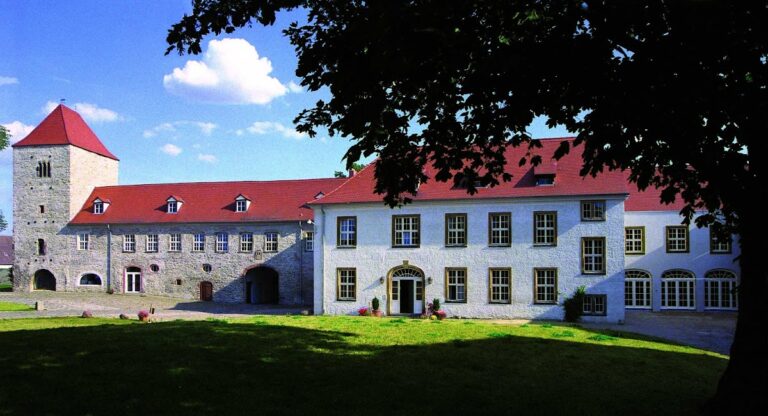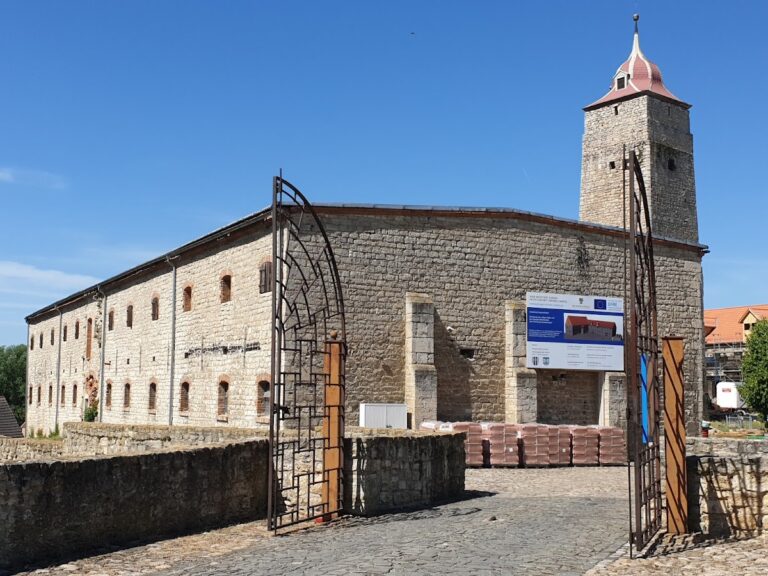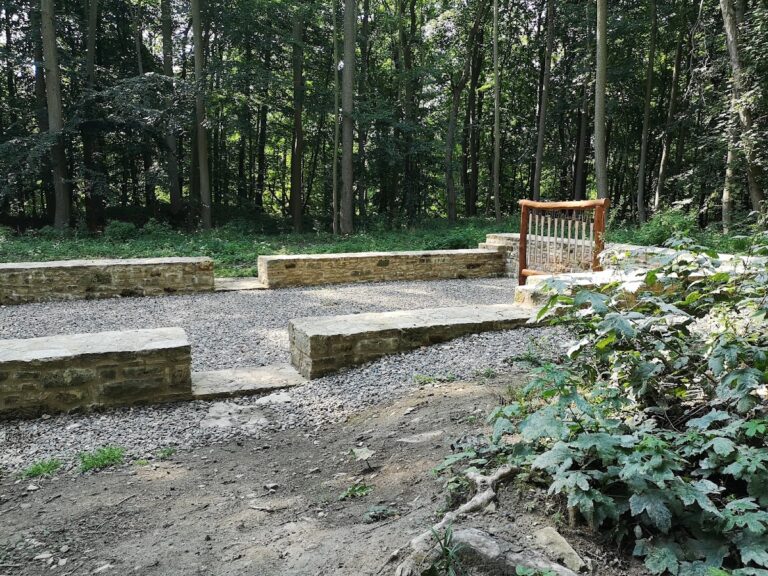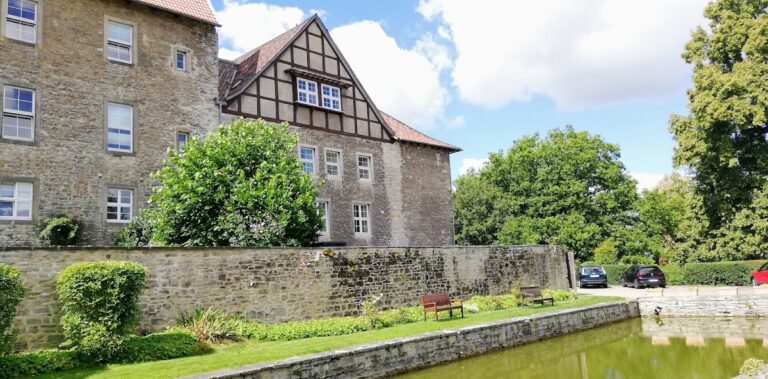Burg Oschersleben: A Medieval Castle in Germany
Visitor Information
Google Rating: 4.5
Popularity: Low
Google Maps: View on Google Maps
Official Website: www.burg-oschersleben.de
Country: Germany
Civilization: Unclassified
Remains: Military
History
Burg Oschersleben is a medieval lowland castle located in the town of Oschersleben in present-day Germany. Its origins date back to at least the early 13th century, with the first written record appearing in 1205. The castle was built to control and protect a strategic crossing over the Große Bruch, a vast marshland stretching around fifty kilometers, which presented a natural barrier in the region.
Initially, the castle’s ownership lay with the Bishops of Halberstadt. Throughout the following centuries, this ecclesiastical authority periodically pawned Burg Oschersleben to neighboring powers such as the Archbishopric of Magdeburg and the Counts of Regenstein. In 1545, Cardinal Albrecht, an influential church figure, established a bishopric administrative center within the castle. This development coincided with a significant renewal and enlargement of the complex, notably extending its boundaries northward toward the neighboring town. During this expansion, a four-story residential structure reflecting Renaissance architectural styles was constructed and came to be known as the Schloss.
After the Peace of Westphalia in 1648, which reshaped many territorial controls in the region, Burg Oschersleben came under Brandenburg rule. The castle’s function shifted from a fortified religious seat to a domain estate serving administrative and agricultural purposes. Towards the end of the 17th century, specifically in 1691–1692, a two-story plastered building was erected on the southwestern edge of the estate’s economic yard, reflecting the continued adaptation of the site to administrative roles.
By the late 19th century, the castle and its associated lands passed into private ownership. During this period, much of the original Renaissance residential block was dismantled. In 1896, the majority of the now aging castle structure was demolished, sparing only a stair tower. The materials salvaged from this demolition were repurposed locally to construct a storage building known as the Speicher. In more recent history, the property was acquired in 2011 by a municipal housing and management company with plans to revitalize the historic complex for mixed uses, including archival facilities, residential units, and event spaces, aiming to restore its role as a centerpiece in the urban environment.
Remains
The site of Burg Oschersleben originally comprised a main castle (known as the Kernburg) situated on low ground near the Bode River, accompanied by a northern outer bailey area called the Vorburg. The castle complex featured defensive earthworks, including earthen ramparts and moats designed to enhance its protection in the marshy environment of the Große Bruch. Vestiges of these medieval fortifications can still be observed within the area once occupied by the main castle, serving as tangible traces of its defensive past.
The northern outer bailey, which was later repurposed as the estate’s economic yard, has mostly vanished over time. What remains of this area is largely open space, reflecting the transformations the site has undergone through history.
One notable surviving architectural element from the castle’s Renaissance period is a stair tower dating back to the 16th century. This tower is part of the residential Schloss that was constructed during Cardinal Albrecht’s renovation. Alongside this tower, several portals remain, including one with a pointed Gothic-style arch and two featuring round arches typical of earlier masonry techniques. The surviving windows include rectangular openings framed by mullioned stonework, highlighting the craftsmanship of the period.
A prominent stone plaque bearing the coat of arms of the Archbishops of Magdeburg and Mainz as well as the Bishop of Halberstadt is also preserved, symbolizing the ecclesiastical ties that shaped the castle’s history.
The administrative building from the late 17th century stands as a two-story plastered structure situated along the southwestern edge of the economic yard. Its robust form marks a boundary within the former castle grounds and reflects the continuing use of the site for governance and estate management after the castle’s military importance waned.
Current renovation endeavors are employing modern structural techniques, notably a “house-within-a-house” design supported by micro-pile foundations, to stabilize and restore the existing buildings. Although much of the castle remains empty and in a state requiring considerable restoration, Burg Oschersleben continues to be a prominent historic landmark and holds a central place within the fabric of the town.










